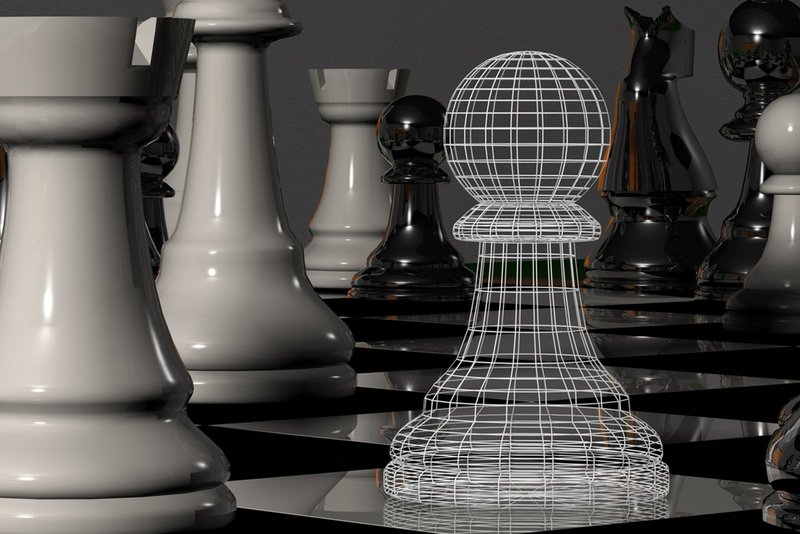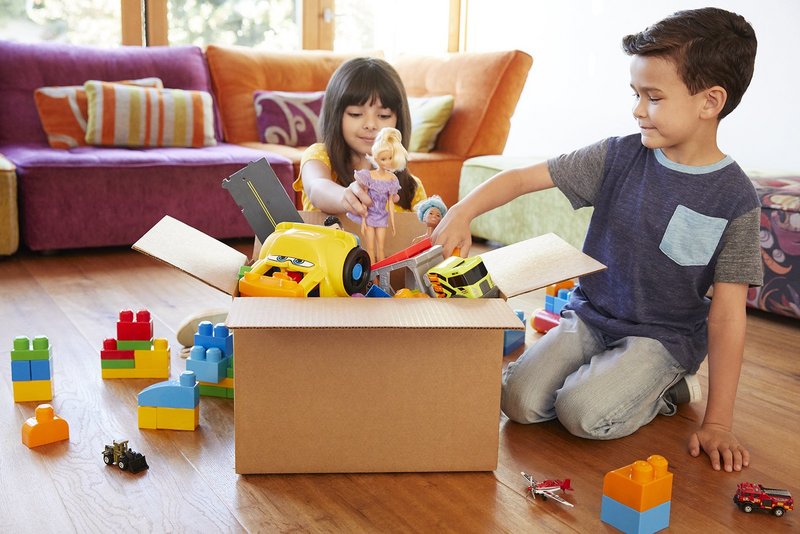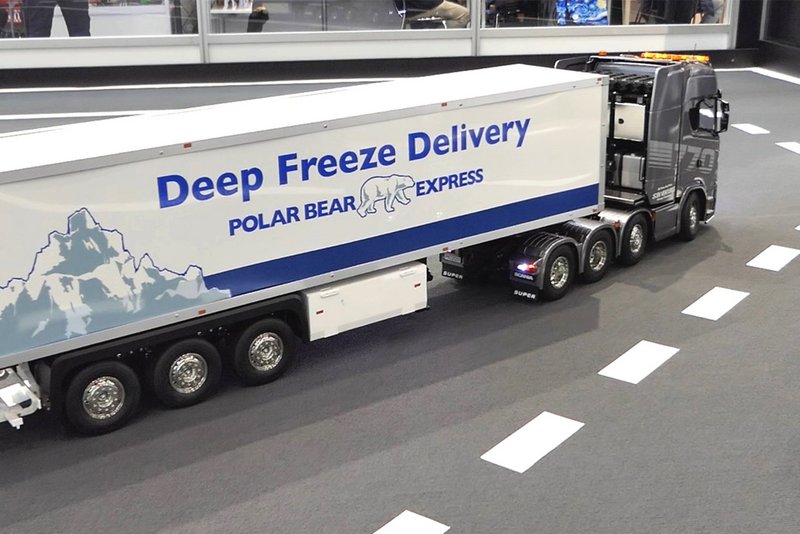
The matchbox time machines
Matchbox Cars: From toy car to cult object in 70 years
By Peter Thomas
The history of Matchbox toy cars goes back 70 years. Adult fans are usually enthusiastic about exactly the models that existed in their childhood. In part, the classics can be quite valuable. Therefore, experts advise caution to well-made restorations.

The most successful British car brand of all time? If you're thinking Austin or Jaguar, Rolls-Royce or Rover, you're slightly off the mark. Because with well over three billion vehicles produced, Matchbox is right at the top of the rankings. The history of the small zinc die-cast cars began 70 years ago and it is filled with ups and downs.
Today, the cult brand from the island belongs to the U.S. company Mattel, which was once Matchbox's biggest competitor with its Hot Wheels. The competition has long since been forgotten. Today, special Matchbox models are sold in limited numbers directly to collectors via the Mattel Creations platform - including, for example, a tuned version of the Mercedes-Benz 220 SE Coupé with opening doors. The original first came onto the market in 1963 and at the time bore the model number 53. The 2021 version in silver paint with a matte black roof and a replica of chrome-plated alloy wheels went over the Mattel Creations virtual counter for 25 US dollars and quickly sold out.
Time travel on four wheels to the 1970s

If you want to display the original toy cars of your childhood in very good condition, you usually won't get very far with your own exemplars. This is because they usually bear heavy traces of playing in the sandbox and in the children's room: scratches, scuffs, bent axles, missing parts. But that's what specialist dealers like Carsten Oettler are for. The latter runs a well-known Matchbox store in Berlin, but today global online trade accounts for three-quarters of his business.
"Currently, the demand for 1970s toys is extremely high," says Oettler. Why aren't the oldest models from the 1950s in demand? "Customers are recapturing their childhood," Oettler knows: "For example, buyers want to revive the nostalgic memory of their ten favorite cars in top condition - they often still have their own Matchbox cars lying broken in their suitcases at home.

Prices for the collector's items, which are around 50 years old, vary depending on rarity and design. Oettler cites around 30 euros as the average price for a standard production model without packaging from the mid- or late 1970s. "With original box, they cost about twice that." The specialist dealer takes a very critical view of the subject of restoration. Because here the border to the fake can be fluent, if the vehicles are sold without appropriate reference. This also applies to loving restorations by private individuals, for example, if they are sold online by heirs. "Those who restore their cars themselves and clearly mark them with a cross under the bodywork, for example, are thinking ahead," says the dealer. For his own range, he rejects restored models and reproductions of the boxes quite on principle.
1:64 tuning workshop

Nevertheless, many adult fans are tempted to give their matchbox car a completely individual style. This is evidenced, among other things, by the numerous YouTube tutorials that explain the most important steps: From disassembly, paint stripping and repainting to cutting threads for the screws. These take over the role of the original riveted joints. Replacement and tuning parts are also available, with a focus on the UK. However, many parts such as replacement axles (for plugging together instead of with swaged ends as in the original) or replacement wheels can also be found in German online stores or the usual international platforms. There is no lack of appropriate material for restoration or individualization. Today's adult fans of Matchbox have usually played with the zinc die-cast cars themselves, which were manufactured by the British automotive supplier Lesney.
Lesney co-owner John William Odell, known as Jack, invented the first Matchbox model for his daughter and developed it into one of the world's most successful toys. After construction machinery and agricultural machinery, more and more passenger cars and commercial vehicles in the typical Matchbox size appeared on the market in the mid-1950s. The respective scale was determined by the length of the packaging. A heavy truck was thus scaled down more than a compact automobile.
Success with fantasy models

Initially, the focus was on British vehicles such as Land Rover (1955), Vauxhall Cresta (1956), Austin A50, Ford Perfect, Jaguar XK 140 and MG T-Type (all 1957). Then more and more international brands drove onto the Matchbox stage. These were joined by freely invented miniatures such as "Blue Shark", "Mod Rod", "Gruesome Twosome", "Hairy Hustler", "Road Dragster" and "Big Banger": cheeky and colorfully designed cars without a concrete prototype, often equipped with a powerful silver engine block. Additional fun was provided by "Rola-matic" functions. This is what Matchbox called it when, for example, the platform on the loading area of a safari pick-up rotated when the car was pushed via a small gearbox or the engine block of the "Hot Rocker" bounced up and down.

The first decades of Matchbox's history were characterized by a good feel for the wishes of young customers and excellent marketing. This ensured a strong market position in a demanding environment. For Lesney was by no means the only manufacturer of die-cast zinc cars. The British "Dinky Toys" from the traditional manufacturer Meccano came onto the market as early as 1934. And Corgi Toys (also from Great Britain) followed in 1956. Probably the best-known German brand, Siku, launched its first zinc die-cast models in 1963, and the "Hot Wheels" from the U.S. manufacturer Mattel made their debut in 1968.
That was the crowning glory
The late 1970s then took a less friendly approach to Matchbox. Following Lesney's insolvency and two changes of ownership, Mattel took over the traditional brand in 1997. In the meantime, the U.S. company is even offering some models again together with cardboard boxes that are reminiscent of the former packaging. To mark Matchbox's 70th birthday, a number of special models have been released - including Queen Elizabeth II's coronation carriage, which was the first Lesney model in 1953, even before the name "Matchbox" was established. The manufacturer sold more than a million copies at that time. That was a better argument for the Matchbox launch than any market research.
About the Author:
Telling stories about technology and people: This has fascinated the journalist, author, cultural scientist and lecturer for more than 30 years. Technical toys are always in focus, from construction kits to interactive digital educational toys. After studying and working as a research assistant at university, Peter Thomas writes for daily newspapers, magazines and corporate publications in German and English-speaking countries. In addition to the world of games, his focus is on mobility, security, energy and medical technology.




